Made It! Look at bottom of the post!!!
Smart people of the world...
I'm trying to draw this grid using Processing (java), but I'm having trouble figuring out the smartest way around this. I could basically just plot each point in the repeating section, but I'm sure there's a better way around it.

Any algorithm and language will do. I just need to see the concept.
EDIT
Updated with an image of the logo. This basically shows how I need to ability to "know" what areas are neighbors, in order to create a generative shape from the grid:

EDIT 2
The grid is called a "quasi periodic eight fold grid" by the designer.
EDIT 3
Okay, that was harder than I thought. I've made a lot of progress, and you can find there code here: https://gist.github.com/3682600
I have the sub-divisioning working perfect for both shapes, however, when I start the recursion, something weird is going on. This is my output right now:

Any help is appreciated!
Edit 4
Okay, this is turning into an epic task. I've figured out that the problem arises when I the recursion becomes too deep. Either it's a problem with the rotation of the elements, or it's another thing I can't figure out. Anyway, here's the working sketch I have right now:

Edit 5
I made it! I had messed up the rotations of the cubes, which messed it all up. I changed it and it's working: https://gist.github.com/3682600. There may be a little too much stuff in there, but it's totally working. Proof:



